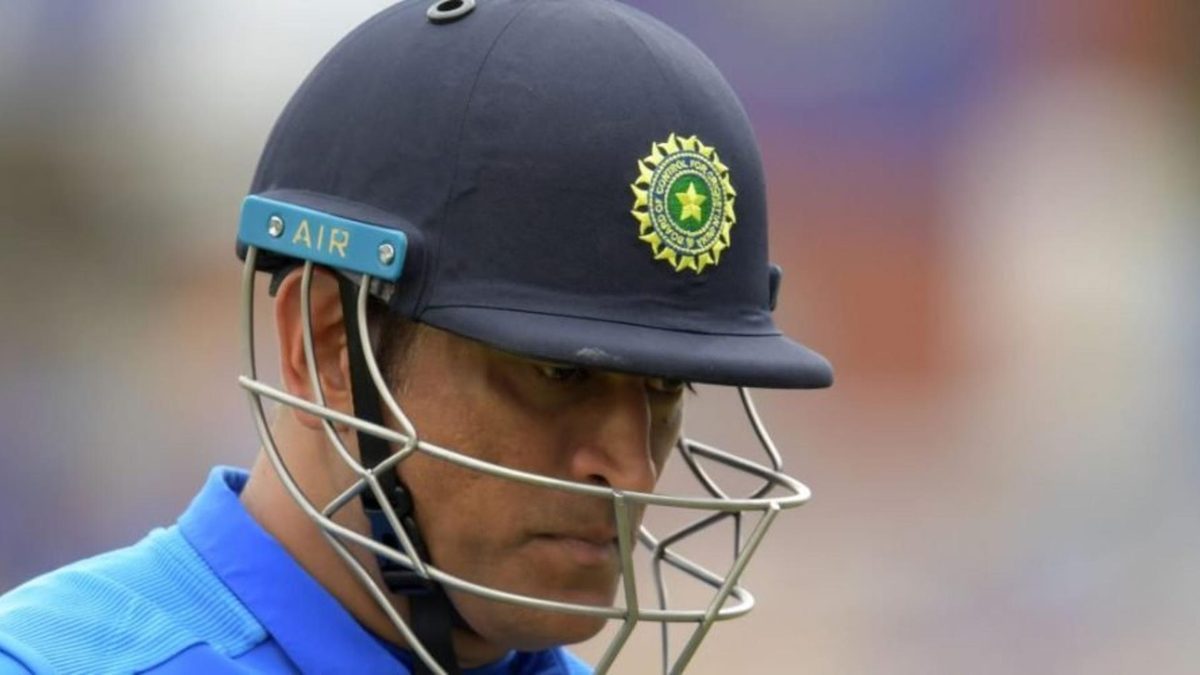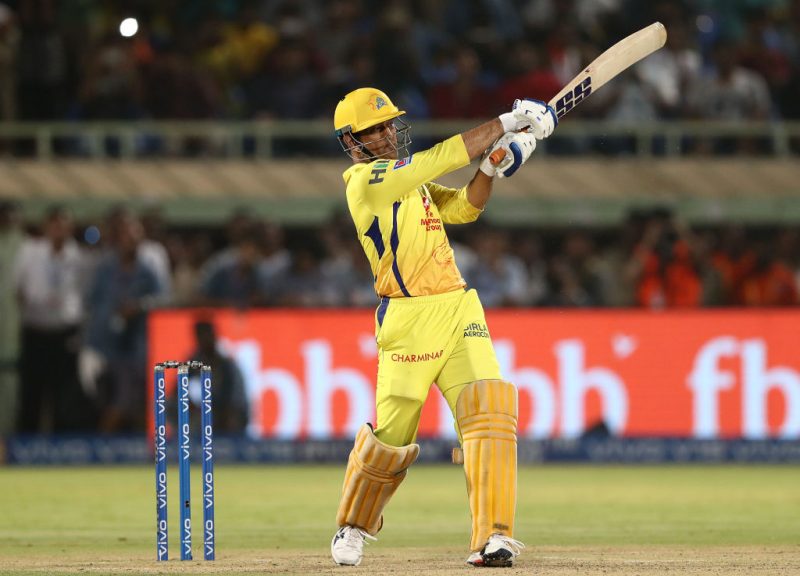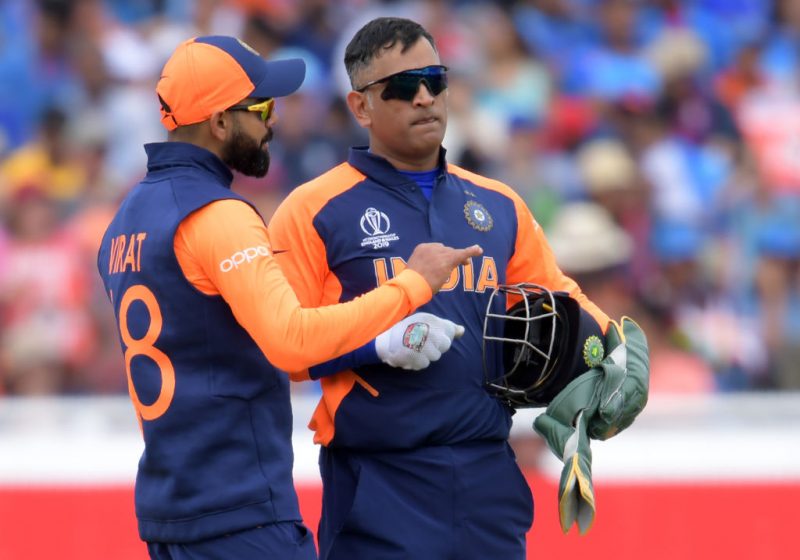
About a fortnight ago, we completed the nine-year anniversary of India’s World Cup win in 2011. Social media was abuzz with retrospective plugs and posts on that iconic night in Mumbai. But one tweet, in particular, caught my eye, and kickstarted a train of thought that led to what is fast becoming an old and wearisome subject of discussion.
It’s been nine months since the world last saw MS Dhoni in an India kit. The intense speculation and debate since has Akshay Gopalakrishnan wondering if it’s not already hurting the man’s legacy.
Said tweet consisted a clip showing the famous six off MS Dhoni‘s bat that sealed the World Cup victory, prompting the question: ‘Is this the single most memorable cricket shot ever?’
Just a reminder @ESPNcricinfo: #worldcup2011 was won by entire India, entire Indian team & all support staff. High time you hit your obsession for a SIX. pic.twitter.com/WPRPQdfJrV
— Gautam Gambhir (Modi Ka Parivar) (@GautamGambhir) April 2, 2020
The answer is yes and no: yes in the context of what was at stake and the consequences that rode on it. Yes to the generations of Indian cricket fans who weren’t around to witness 1983. No in terms of pure aesthetics. No to those who have grown up watching Ricky Ponting’s pull shot or VVS Laxman’s inimitable inside-out drives.
Then, thoughts veered over to the present, and I began to wonder if archival clips on social media and highlights montages from broadcast libraries would soon be our only sources of watching Dhoni as an Indian cricketer.
Nine months have passed since India’s World Cup semifinal defeat to New Zealand. Which have led to nine months of uncertainty, of incessant questions, and of an endless stream of speculation. This year’s Indian Premier League was supposed to be where we found out the answer to many of our questions, but that’s not going to happen anymore. So what then? Nine more months of speculation? More questions and more debates until the 2021 IPL, or whenever we get one this year, if we get one at all? Where are we really going with any of this?
Dhoni has maintained an unbroken silence through this endless discourse, as he is very much within his right to do so. Retirement is a personal matter, and Dhoni is under no obligation whatsoever to make his intentions public. He is also very much entitled to make himself available for selection if and when he decides to do so. What we do need to know is that India’s selectors and team management have moved on from their former captain, and it’s something that isn’t definite yet.
Though the erstwhile MSK Prasad-led panel had claimed that India were moving on from Dhoni, coach Ravi Shastri’s declaration that the IPL could yet alter that stance has raised questions over how firm India are in their resolve.
 The IPL was supposed to be Dhoni’s comeback, but the tournament’s postponement has dashed those hopes
The IPL was supposed to be Dhoni’s comeback, but the tournament’s postponement has dashed those hopes
India haven’t exactly been averse to calling up ageing stars in the past. Rahul Dravid received an unexpected call-up to the ODI side, after two years out during the 2011 tour of England, to plug a perceived lack of experience. India also put up with Sachin Tendulkar’s months of picking and choosing ahead of the 2011 World Cup, only for the veteran to thrust himself into the XI abruptly before the tournament, disrupting the previously established opening combination of Virender Sehwag and Gautam Gambhir.
Things worked out for the best in the latter instance, as Tendulkar entered the tournament in arguably the best form of his career. However, Tendulkar’s was a once-ever case, as he hit his peak at the age of 39, a rarity in international sport. In Dhoni’s case, the erosion in ability is evident already.
Moreover, using the IPL as a touchstone for international selection isn’t setting the best precedent, if for no other reason, then the vast gulf in the quality of competition that the two platforms offer. Dhoni was in supreme form in the 2018 tournament, where he slammed 455 runs at 75.83, with a strike-rate of 150.66, but his international numbers that same year were vastly inferior, with 253 runs at 42.16 and a strike-rate of 132.46.
The two most common excuses used by those beating the drum for a Dhoni return are his superior ‘keeping skills and his unofficial role as an advisor to Virat Kohli. However, proponents of both theories are running out of legs.
 Since he gave up white-ball captaincy in 2017, Dhoni has acted as an unofficial advisor to Kohli
Since he gave up white-ball captaincy in 2017, Dhoni has acted as an unofficial advisor to Kohli
The role of a wicketkeeper has arguably never been more diminished than it has in the shortest format. Against a white ball that neither swings nor turns, and on pitches that are engineered to produce fast, consistent bounce, teams aren’t exactly clamouring to field a peerless glovesman. Besides, statistical evidence has established the low probability of a ball going to the ‘keeper in a T20 innings. All of this, combined with the success of KL Rahul as part-time wicketkeeper in New Zealand, have accentuated team’s preference for a dasher who could fill in behind the stumps.
Selecting Dhoni in such a climate is a risk that, even if it does yield short-term gains, is not worth taking. There is another T20 World Cup around the corner next year, by when Dhoni will be 40, necessitating India’s selectors to take a hard stance.
Kohli is more mature than he has ever been, with several years of experience under his belt. Moreover, even if he does need counsel, he has an efficient and proven brain trust in Rohit Sharma, who some suggest is a more accomplished T20 captain than Kohli, and perhaps even Dhoni himself.
If the Covid-19-enforced break does spell the end for Dhoni, then the last image of him in Indian kit would be that of a plodding veteran, dragging himself off, beaten and weary, towards the closing stages of a heartbreaking World Cup semi-final defeat. But to use that as an excuse to clamour for a farewell series would both be selfish and do a disservice to a man who has maintained a remarkably low profile through all of his unmatched success.
These are truly unprecedented times that we are living in. The world must start afresh when this pandemic ends, and so must Indian cricket. And in this new India, barring an extraordinary late renaissance, there will, in all likelihood, be no place for one of its most lionised cricketers.








